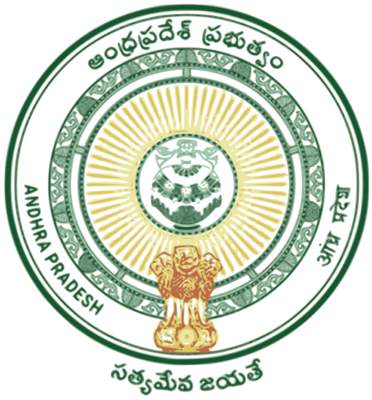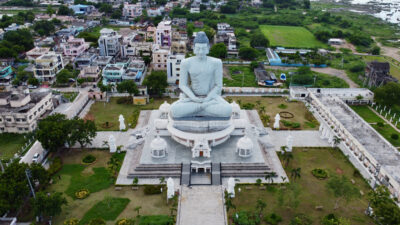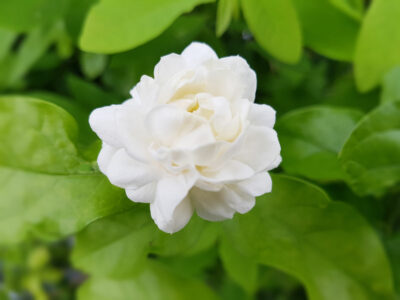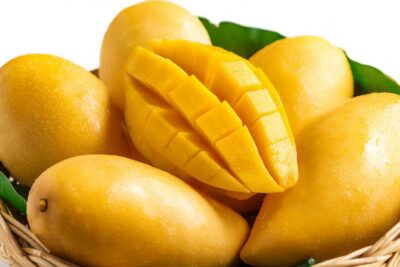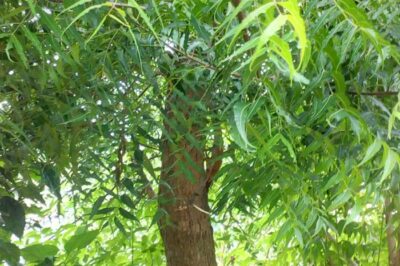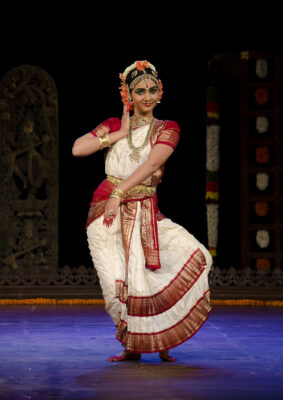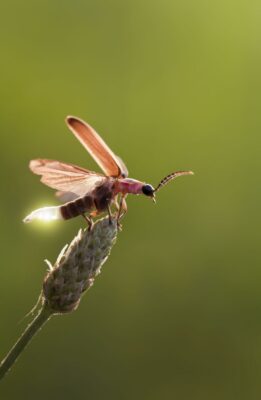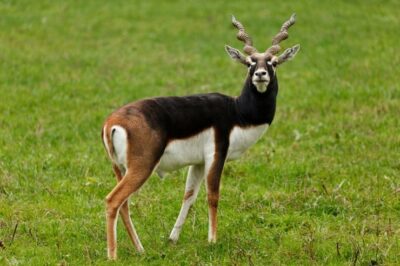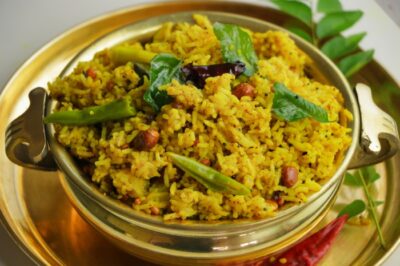State Symbols of Andhra Pradesh
Last updated on January 21st, 2023 by Editorial Staff
By | Updated on January 21, 2023
Reviewed by Rittika
Andhra Pradesh is the seventh-largest state covering an area of about 62925 square meters, and the tenth most populated state inhabiting nearly 50 lakhs. It is situated in the southeast part of the country. Tamil Nadu from the south surrounds it, Karnataka covers from southwest and west, Telangana bounds from the northwest and north, and in the northeast Odisha bounds it. A 600-mile coastline along the Bay of Bengal forms the eastern border. For nearly six decades, Telangana was a part of Andhra Pradesh, but in 2014 it was split off to become its state. Andhra Pradesh is divided into two major regions: Rayalaseema in the southwest and Coastal Andhra in the east and northeast, bordering the Bay of Bengal. There are twenty-six districts in the state, with six in Uttarandhra, twelve in Coastal Andhra, and eight in Rayalaseema. Yanam – a district of Puducherry, situated south of Kakinada in the Godavari delta on the state’s eastern border, is also a union territory. Krishna and Godavari are the two most famous rivers present in Andhra Pradesh.
Amaravati is the capital of Andhra Pradesh, a state in India situated on the banks of the Krishna River, Palnadu district of Andhra Pradesh. Shri Yeduguri Sandinti Jagan Mohan Reddy has served as the 17th and current chief minister of Andhra Pradesh since 2019. Shri Biswabhusan Harichandan is the 23rd and current Governor of Andhra Pradesh. The official language of Andhra Pradesh is Telugu.
Demographical Profile
The state’s total population is nearly 44 lacs, with a population density of 308 people per square kilometer. The total male population is 50.1%, whereas the female population is about 49.9%. The sex ratio of the state is about 996 per 1000 females, with a literacy rate of approximately 67.4%.
Climatic Conditions
The weather conditions in Andhra Pradesh are typically hot and humid. The South-West Monsoons play a vital part in determining the state’s climate. The winters of Andhra Pradesh, on the other hand, are pleasant. This is when the majority of the state’s visitors arrive. Andhra Pradesh’s summer season runs from March through June. On a summer day, the temperature usually ranges from 20 to 45 degrees Celsius. Tropical rains are most common from July through September, and the state receives a lot of rain during this time.
The North-East Monsoons bring around a third of the total rainfall in Andhra Pradesh. Winter arrives in the state around October. In Andhra Pradesh, the winter months are October, November, December, January, and February. Because the state has a lengthy coastline belt, the winters are mild, with temperatures ranging from 13 to 30 degrees. It is also nicknamed the Kashmir of Andhra Pradesh.
Wildlife and Natural Vegetation
The state features a diverse range of vegetation types and diverse flora and fauna. Because of its location in the Indian subcontinent’s core region, Andhra Pradesh is home to some of its most beautiful plants and animals.
The total forest area covered is nearly 23 thousand square kilometers. Extensive tropical forests are located in the Eastern Ghats region. Still, soon the vegetation becomes sparse when the Ghats give way to the Deccan Plateau, where shrub vegetation is more frequent.
Andhra Pradesh is home to a diverse range of animals and natural wonders. It includes a wide range of landforms, including a lush coastal area, a dry deciduous forest, and a mangrove belt. In the Nallamai forest, the state is home to India’s largest tiger reserve. Reptiles like saltwater crocodiles, fishing cats, and other exotic wildlife have made the Godavari river delta famous. Kolleru Lake, India’s largest pelican refuge and a home for migrating birds, is also located here.
The state’s vegetation is mostly dry deciduous; Teak and other species belonging to families of Dalbergia, Pterocarpus, and Anogeissus, are frequently observed. The Eastern Ghats’ hills contribute significantly to biological diversity by serving as hotspots for plants, birds, and small animals. Tigers, Panthers, Wolves, Wild dogs, Hyenas, Sloth bears, Gaur, Black Buck, Chinkara, Chowsingha, Nilgai, Cheetal, Sambar, and a variety of animals all be found in the diverse ecosystem. The lengthy sea coast is a nesting ground for sea turtles, the backwaters of Pulicat Lake are feeding grounds for Flamingo and Grey Pelicans, and the Godavari and Krishna estuaries support lush mangrove forests with Fishing Cat and other seabirds.
Telangana, Odisha, and Karnataka have designated the Palapitta as their state bird and blackbuck as their state animal.
Economy
Agriculture has always been the state’s primary source of revenue. Agriculture and allied activities employ 60% of the population. There are six significant soil types found in Andhra Pradesh: Red, Black, Alluvial, Coastal Sand; Laterite and Lateritic Soil, and Problem Soils.
Many agricultural goods are exported from Andhra Pradesh. Rice, sugarcane, cotton, chili pepper, mango, and tobacco are the main crops grown in the area. Production of sunflower and peanuts, which are used to make vegetable oil, has recently gained attention. Andhra Pradesh has long been known as the “Rice Bowl of India,” and it is still the country’s most significant rice producer. Farmers also plant jawar, bajra, maize, minor millet, coarse grain, several types of pulses, oilseeds, sugarcane, and cotton.
Cultural Background
There are two distinct textile art forms: Machilipatnam and Srikalahasti Kalamkari. Other renowned handicrafts, such as Durga’s soft limestone idol sculptures, are also found throughout the state. Etikoppaka, in the Visakhapatnam district, is known for its lace industry, which produces lacquered hardwood furniture. The Amaravati Archaeological Museum, Visakha Museum, and Telugu Cultural Museum in Visakhapatnam, as well as the Victoria Jubilee Museum in Vijayawada, have a diverse collection of antique sculptures, paintings, idols, weaponry, cutlery and inscriptions, and religious objects.
Many Telugu composers, such as Annamacharya, Kshetrayya, and Bhadrachala Ramadas, contributed to Carnatic music. Ghantasala, Sujatha Puligella, and M. Balamuralikrishna, modern Carnatic music composers and singers, are all Telugu.
Sari and Blouse are traditional clothing for women, while Dhoti and Kurta are customary for males.
Telugu people’s traditional sweet Pootharekulu originated from Atreyapuram village, Andhra Pradesh.
State Information
| Official Language | Telugu |
| State Rank | 7 |
| Demonym(s) | Andhrulu, Teluguvaru |
| Nickname | Egg Bowl of Asia, Kohinoor of India |
| ISO | IN-AP |
| Formation Date | 1 November 1956 |
| Coordinates | Lat: 15.9129° N, Long: 79.7400° E |
| Area |
State seal
Motto of Andhra Pradesh
Satyameva Jayate-"Truth alone triumphs"
State symbols of Andhra Pradesh 👇
-
State capitalDe facto (current): Amaravati; De jure (proposed): Visakhapatnam
-
State flowerJasmine
-
State fruitMango
-
State treeNeem
-
State danceKuchipudi
-
State insectFirefly (unofficial)
-
State vegetableTomato
-
State animalBlackbuck
-
State dishPulihora
